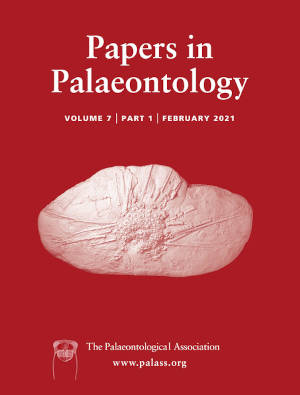Reg. Charity No. 1168330

We analyse the taxonomic status and diversity of the late Miocene Octodontoidea (Hystricognathi) Cercomys primitiva and related samples, a taxon previously known only from the holotype specimen. New findings associated with an extensive review of late Miocene and early Pliocene rodents have allowed us to recognize the occurrence of this and other related species in several localities of central and western Argentina, and in south-central Bolivia. We discuss the invalidity of Cercomys and propose the new genus Metacaremys, which includes the type species Metacaremys primitiva comb. nov. and two new species, Metacaremys calfucalel sp. nov. and Metacaremys dimi sp. nov. Osteological, brain and dental morphology show that the new genus is not related to Brazilian Echimyidae, as previously considered, but to the southern family Octodontidae. Although the molar morphology of this genus is quite conservative, comparison of the samples shows a variation in size. We discuss the plausible evolutionary pattern explaining this variation and the implied biochronological and biostratigraphical information. It is recognized as an anagenetic lineage in which an increase in size occurs from the oldest species, M. primitiva comb. nov. (early late Miocene, c. 9.23 Ma), to the youngest species, M. dimi sp. nov. (Miocene–Pliocene boundary, c. 5.28 Ma). Metacaremys calfucalel is intermediate in size and age between these two species. The polarity of this pattern of change is consistent with that shown by other partially synchronous independent lineages of octodontoids, thus providing new evidence for the biochronological and biostratigraphic scheme of the late Miocene and early Pliocene of southern South America.